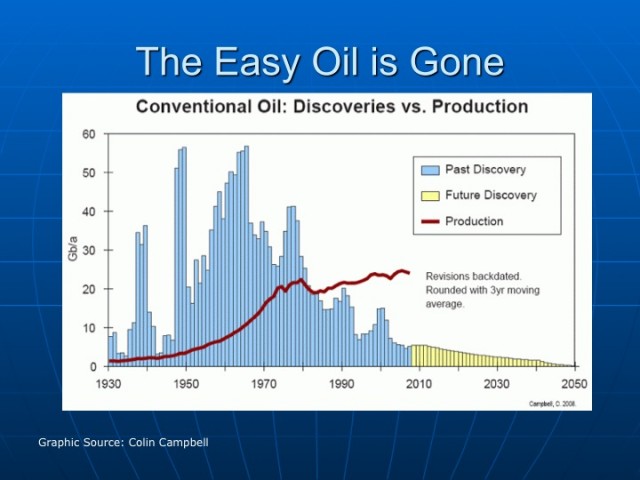Abi Dhabi decided to bail out Dubai, by providing a $10 billion equity injection. This was presumably after the insiders bought back a ton of Dubai debt (which was trading below 50 cents on the dollar and post-announcement is around 70 cents). About $4.1 billion of the equity injection is earmarked for repayment of maturing Islamic debt, while the other $5.9 billion is going toward paying contractors and other working capital needs.
My quick guess is that the Islamic debt gets paid off first to avoid any judicial inquiry on what happens to investors in such debt – i.e. whether they will get a stake in a reorganized company. The conventional debtholders (where there is an active secondary market) are going to be at the mercy of the Dubai courts; I doubt they will be getting any favourable treatment. Maintaining the perception of confidence in the Dubai debt system is crucial for Dubai if they are to retain any foreign institutional investors, and inevitably whatever settlement coming out of the Dubai debt default will be precedent-setting.
I decided to look up what Islamic Debt was, and the Wikipedia entry on Sukuk was rather enlightening – it seems that it has characteristics of zero-coupon debt. That said, I have no idea who would ever want to invest in such financial instruments – at least when investing in Canadian or US debt instruments, you would likely have a better chance in bankruptcy court than you will in Dubai (General Motors notwithstanding!).
(Update: Apparently this is not an equity injection, it is debt.)
